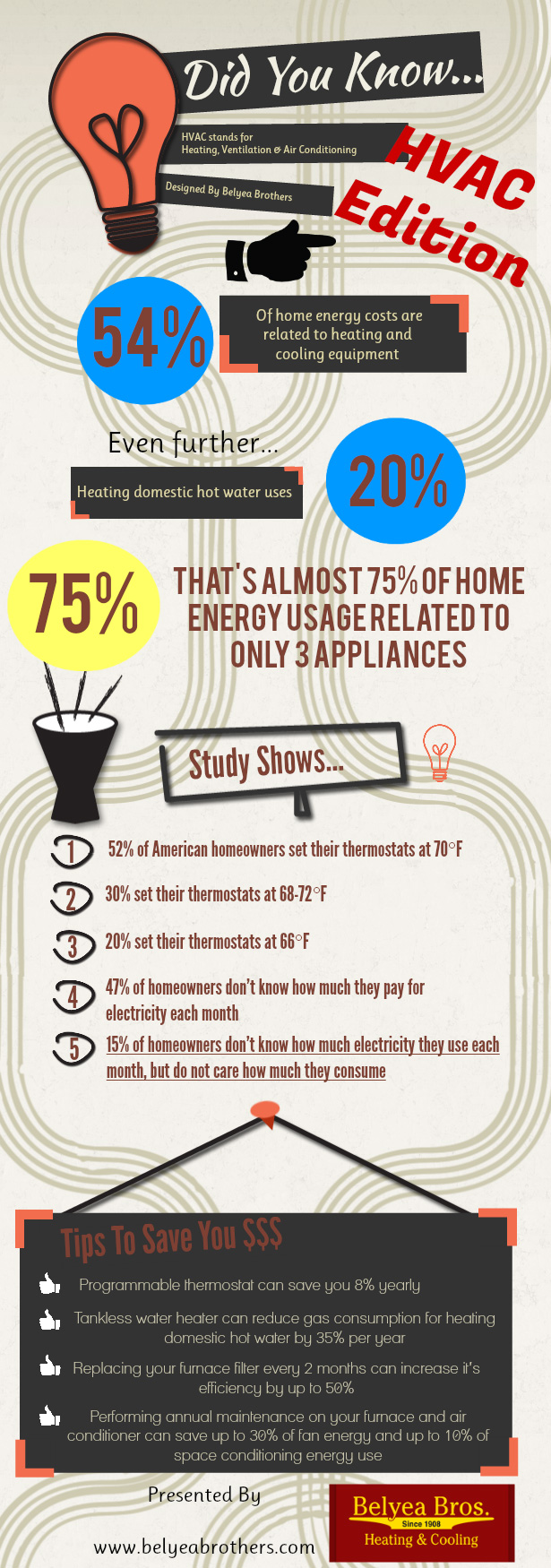The Future Of Home Heating - How Heat Pump Modern Technology Is Progressing
The Future Of Home Heating - How Heat Pump Modern Technology Is Progressing
Blog Article
Content By-Rosenthal Goff
Heatpump will be an important modern technology for decarbonising heating. In a situation constant with governments' announced power and climate commitments, their international capacity doubles by 2030, while their share in home heating rises to one-quarter.
They work best in well-insulated homes and rely on electrical energy, which can be provided from an eco-friendly power grid. Technological developments are making them more efficient, smarter and less expensive.
Fuel Cells
Heat pumps utilize a compressor, cooling agent, coils and fans to relocate the air and warm in homes and appliances. They can be powered by solar power or power from the grid. They have been getting appeal as a result of their inexpensive, quiet procedure and the capacity to produce electrical energy throughout peak power demand.
Some companies, like IdaTech and BG MicroGen, are working on gas cells for home heating. These microgenerators can change a gas central heating boiler and create a few of a home's electric needs with a link to the electricity grid for the rest.
But there are factors to be skeptical of using hydrogen for home heating, Rosenow says. It would certainly be pricey and ineffective compared to various other technologies, and it would include in carbon discharges.
discover this info here and Connected Technologies
Smart home innovation enables homeowners to connect and manage their devices remotely with the use of smartphone apps. As an example, clever thermostats can discover your heating choices and immediately adapt to optimize energy consumption. Smart illumination systems can be controlled with voice commands and instantly shut off lights when you leave the room, decreasing energy waste. And clever plugs can keep track of and manage your electrical usage, allowing you to recognize and limit energy-hungry home appliances.
The tech-savvy house shown in Carina's interview is a great image of exactly how residents reconfigure area home heating methods in the light of brand-new wise home technologies. They count on the gadgets' automated attributes to perform day-to-day adjustments and regard them as a hassle-free means of performing their heating methods. Thus, they see no reason to adjust their methods better in order to allow adaptability in their home power need, and interventions targeting at doing so may face resistance from these families.
Power
Since heating homes accounts for 13% people discharges, a button to cleaner options can make a big distinction. However view site… encounters obstacles: It's costly and requires extensive home improvements. And it's not constantly suitable with renewable resource sources, such as solar and wind.
Until lately, electrical heatpump were also expensive to take on gas designs in most markets. Yet brand-new developments in design and materials are making them extra cost effective. And better cold environment performance is allowing them to function well even in subzero temperature levels.
The next step in decarbonising heating might be the use of warmth networks, which attract warmth from a central resource, such as a close-by river or sea inlet, and disperse it to a network of homes or structures. That would certainly decrease carbon exhausts and permit houses to make the most of renewable energy, such as eco-friendly electrical energy from a grid supplied by renewables. This alternative would certainly be less expensive than switching to hydrogen, a fossil fuel that requires brand-new facilities and would only minimize carbon dioxide discharges by 5 percent if coupled with enhanced home insulation.
Renewable Energy
As electrical power rates drop, we're starting to see the exact same pattern in home heating that has driven electric vehicles right into the mainstream-- however at an even faster rate. The solid climate situation for impressive homes has actually been pushed even more by brand-new study.
Renewables represent a considerable share of modern warmth usage, yet have actually been offered limited plan interest worldwide compared to various other end-use sectors-- and even less attention than electrical power has. Partly, this reflects a mix of consumer inertia, split motivations and, in lots of countries, subsidies for fossil fuels.
New innovations might make the shift easier. As an example, heat pumps can be made extra energy efficient by changing old R-22 cooling agents with brand-new ones that don't have the high GWPs of their predecessors. Some specialists likewise imagine district systems that draw heat from a nearby river or sea inlet, like a Norwegian fjord. The cozy water can after that be utilized for heating and cooling in a community.